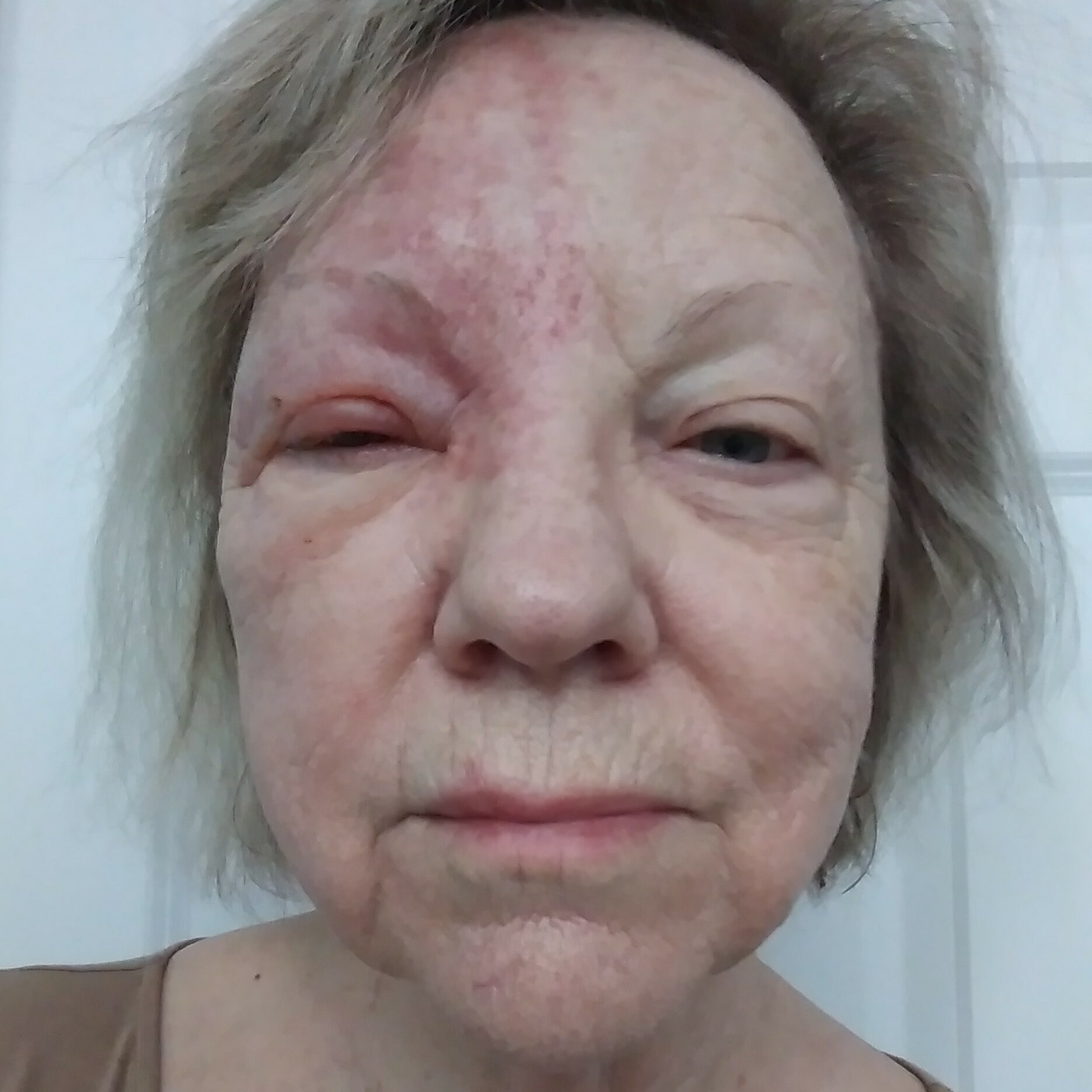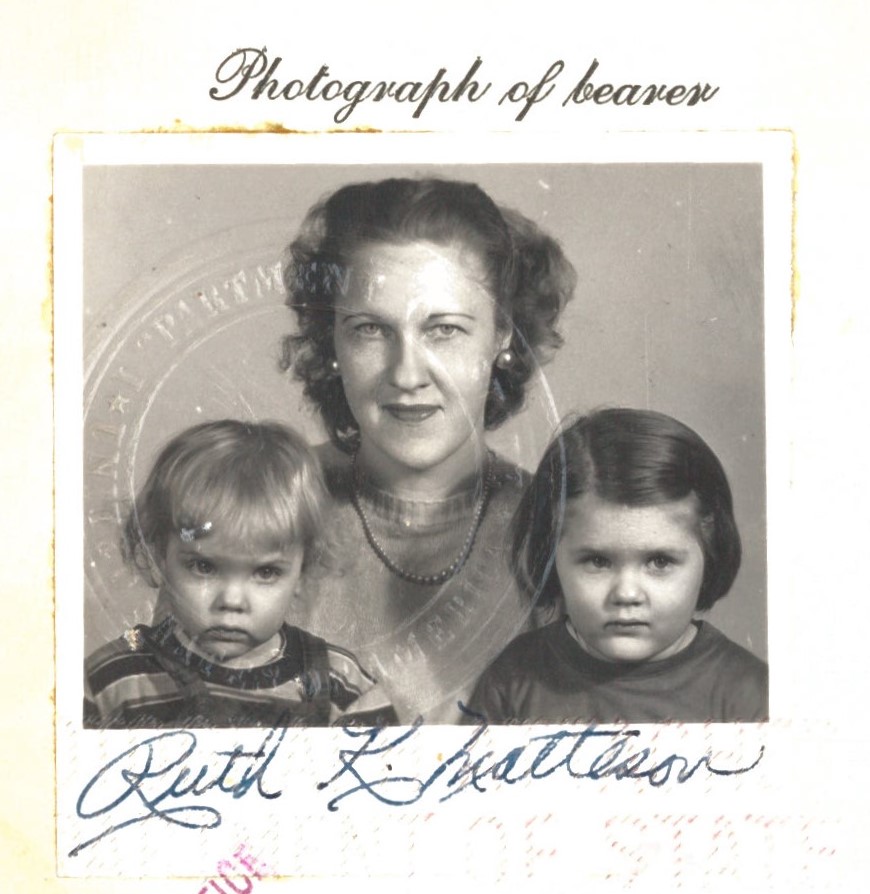by Patti Marxsen
At the age of two, I crossed the Atlantic for the first time as an Army Brat bound for West Germany. Since then, I’ve lived in six U.S. states, spent a fourth of my life in Europe, and traveled to a dozen French-speaking countries and islands—including Gabon, Haiti, Tahiti, and Corsica.
Every bit of those enriching travels was made safe by vaccinations against the usual childhood diseases and other threats such as Diphtheria, Tetanus, Hepatitis, and Typhoid fever.

Roaming the globe has always involved a feeling of immunity for me, and not only to strange customs, unexpected climates, and mysterious food. And yet, on this voyage, we call “life,” there are times when there is no immunity at all between human fragility and the power of a virus.
The Vaccine I Didn't Get
I thought back on my travels a lot this past winter when I was suddenly grounded by a severe case of facial Shingles. One reason for the life-stopping impact of Shingles is that, unlike most threats, the varicella zoster virus (“VZV”) comes from within and lies dormant in the body of anyone who had chickenpox as a child.
Because I have taken every other vaccine offered in my lifetime, I would have taken the two-dose Shingrix shot if only I had known about it when I returned to the USA in 2021 after 15 years in Europe. Oddly, no one here, including my PCP, said anything about it in a society almost entirely focused on the threat of COVID-19. Those few years ago, public health here was all about shots, boosters, masks, social distancing, and hand sanitizer.

Fortunately, my daughter-in-law recognized my illness when a virulent rash appeared on the right side of my forehead on Christmas Day. Thanks to her, and an emergency doctor-on-call, I was fortunate to be on a widely-used antiviral medication, Valacyclovir, by noon. That was when my learning curve began.
Coping with Shingles
In the first week, I learned that the rash surrounding my right eye followed the path of the Ophthalmic branch of the Trigeminal nerve system that each of us has on both sides of our face. This helped me understand why my eye was throbbing with pain as it slowly became swollen shut.
Two weeks later, I was rushed to the hospital in Boston, where X-Rays and an MRI showed signs of the virus creeping toward the sheath of my optic nerve. I also learned that, unlike illnesses that come with a surgical solution, there is no cure or fix for Shingles. Nor is there any way to predict the intensity or length of debilitating pain in the damaged nerves—that I continue to experience—described as Post-Herpetic Neuralgia. The only medical treatment available to me has been an assortment of eye drops, antiviral pills, and pain relieving Gabapentin.
Beyond these medications, a person with a case like mine—facial Shingles with a related eye infection—must develop a personal “bag of tricks.” These include cold packs, hot cloths, Lidocaine cream and patches, and my personal invention of small patches of folded, facial tissue briefly soaked in ice water and then squeezed into a cold, pliable pad.

A Long and Uncertain Journey
Ultimately, I quickly learned something millions already knew: an unexpected illness, against which you have little or no defenses, is like traveling without a compass, a weather forecast, or even an umbrella. Your plans cease to be plans because all you can do is try your best to function day-to-day.
In a sense, your life ceases to be yours as well because the virus is in charge. If you have access to medical care that you can afford, antiviral medication, pain relievers, and family members willing to support your needs—you are already in the land of the lucky.

But at the end of the day, you are alone in what Dr. Albert Schweitzer referred to as the “Fellowship of the Mark of Pain.” It is a metaphorically distant “country” from which the return is slow and uncertain.
The Shingrix vaccine doesn’t prevent you from getting a virus, because as one doctor told me “You don’t get it, you have it.” We first get it in our body by having chickenpox. And yet, because it was developed for those who wish to minimize pain and its life-altering effects, Shingrix is almost as good a return ticket home from a long journey you never wanted in the first place.
Patti Marxsen is a biographer, essayist, and translator who lives in Midcoast Maine (find her writing here). Her story, like all others on this blog, was a voluntary submission. If you want to help make a difference, submit your own post by emailing us through our contact form. We depend on real people like you sharing experience to protect others from misinformation.



